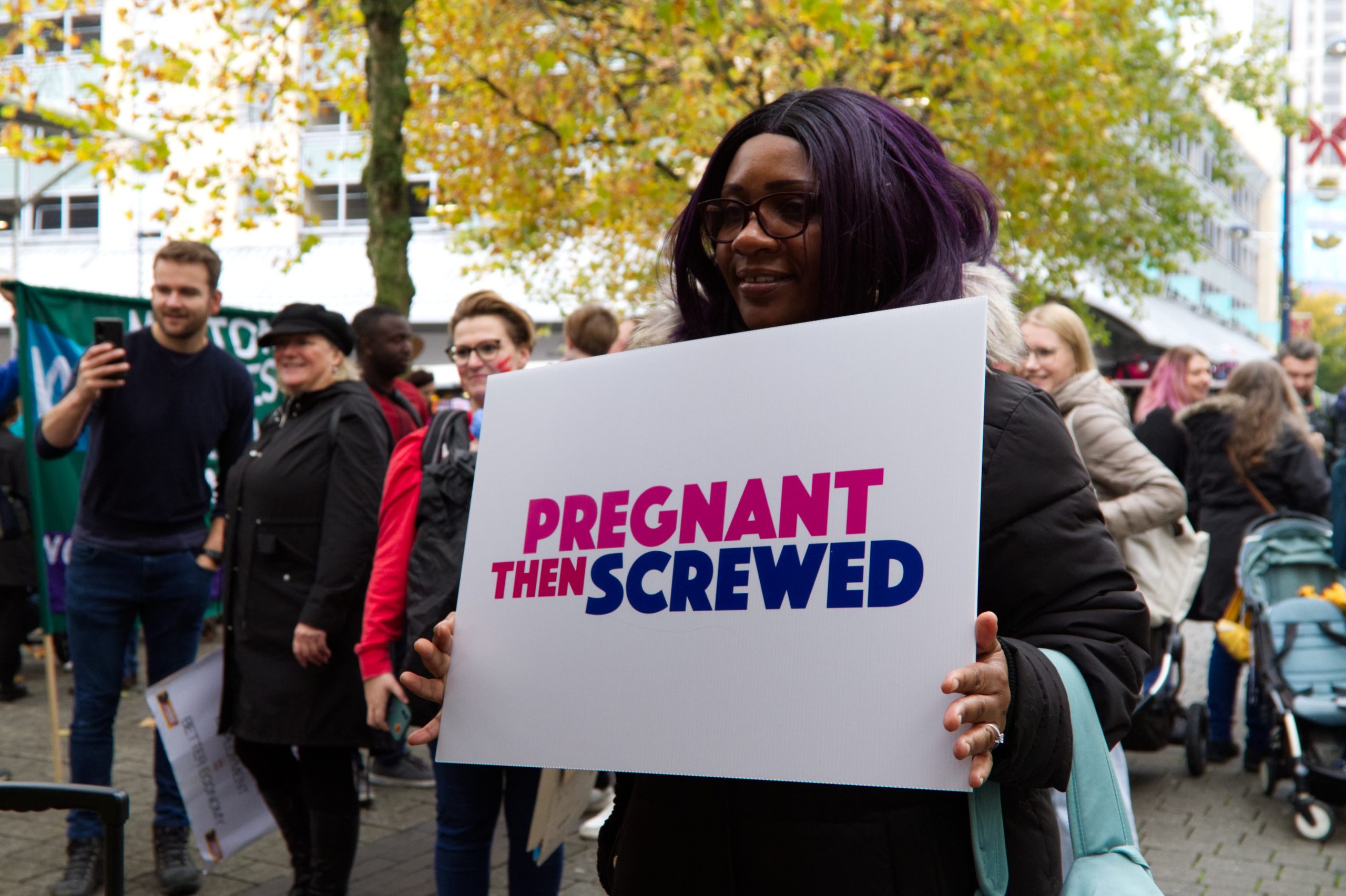Enhanced Maternity Pay information is correct as of 25 April 2022.
What is enhanced maternity pay (EMP)?
Enhanced Maternity Pay is offered by almost two thirds of UK Organisations. The percentage of private sector organisations offering EMP was 65.5% in 2021 but new data from February 2022 shows this has increased to 74.1%.
There are three main forms that the EMP takes:
▪️ The majority of organisations offer full pay for more than 6 weeks, 12/13 weeks is the norm followed by standard rate SMP.
▪️ Full pay for more than 6 weeks, 12/13 weeks then reverting to 13 weeks at half pay followed by standard rate SMP.
▪️ 6 weeks at full pay followed by 33 weeks at standard rate SMP.
Do I qualify?
Most Organisations have a qualifying period of service ranging from 6 months to 12 months before employees are eligible to apply for EMP. This can be calculated in different ways. It could be completing 6 months / one years service by the end of the 15th week before the baby is born (the “Qualifying Week”) or by the expected week of childbirth (“EWC”).
Clawback provisions
There can be a clawback clause. This ranges from a minimum length of time an employee must return to the business before no repayment is required, to a sliding scale of repayments depending on the period of time the employee has been back in the workplace.
In some cases, the policy allows for the employee to determine when they would like the EMP paid. This could be paid on a monthly basis or as a lump sum upon the employee’s return to the business, in that way, should the employee not return, there is no clawback of the EMP required.
What could my EMP look like?
Here are some examples of what other organisations offer:
Entity Service EMP (weeks) CLAWBACK COMMENTS
University of
London
52 weeks+
38-52 weeks
18 full pay
8 half pay
13 SMP
13 unpaid
12 full pay
4 half pay
23 SMP
13 unpaid
Yes (if return to work is less than three months)
Yes (if return to work is less than three months)
The clawback is the difference between the EMP and SMP amounts
Additional payment of 8 weeks pay on return to work paid at 1 week per calendar month for 8 months
University of
Glasgow
No minimum service. Must be an employee during EWC 9 full pay
18 half pay
12 SMP
13 Unpaid
Or
18 full pay
21 SMP
13 Unpaid
The clawback is the difference between the EMP and SMP amounts Employees have two options. During full pay periods, SMP is included so that no employee receives greater than full pay entitlement.
Red Cross 26 -52
Weeks
52 weeks+
6 weeks full pay
12 weeks half pay + lower rate SMP
21 weeks lower rate SMP
6 weeks full pay
12 weeks half pay + lower rate SMP
21 weeks 50% full pay or lower rate SMP whichever is the greater
None
Org 1 52 weeks+ 10 weeks full pay
15 weeks half pay
14 SMP
13 Unpaid
The clawback is the difference between the EMP and SMP amounts Clawback based on a sliding scale. 100% in first 3 months. 75% 3-6 months. 50% 6-12 months, 0% after 12 months.
Also option to have the enhancement paid on return to work rather than during the maternity leave period.
Org 2 26 weeks+ 13 weeks full pay
26 weeks half pay and SMP
13 weeks Unpaid
The clawback is the difference between the EMP and SMP amounts No clawback following completion of 3 months return to work
What about Enhanced Paternity Leave?
EPL is offered by 61.5% of private sector organisations.Three quarters of these pay either full pay for the entire period of paternity leave or full pay for the first week and SPP for the second week.
Eligibility criteria usually includes length of service of either 6 or 12 months. We haven’t seen any clawback provisions.
However, there is an increase in organisations being flexible in how the leave is taken and not being so rigid with the blocks of one week rather than taking odd days, especially where they are paying full pay for the period.
What about Shared Parental Leave ?
There hasn’t been much take-up of shared parental leave within organisations. Only a quarter of organisations that offered shared parental leave offered enhanced payments, and they were mostly larger orgs with 1000+ employees.
N.B.
If not included in contracts already, consideration should be given to a contract amendment to include reference to enhanced maternity pay (and enhanced paternity and shared parental leave pay) to state that it is a form of paid leave and the Organisation can amend or withdraw the enhanced pay at any time.
Employees should also be asked for their written confirmation, perhaps on the application form, that they are aware of and agree to any clawback provisions.
Article by Lyndsay Salmon, HR Consultant & PTS volunteer


